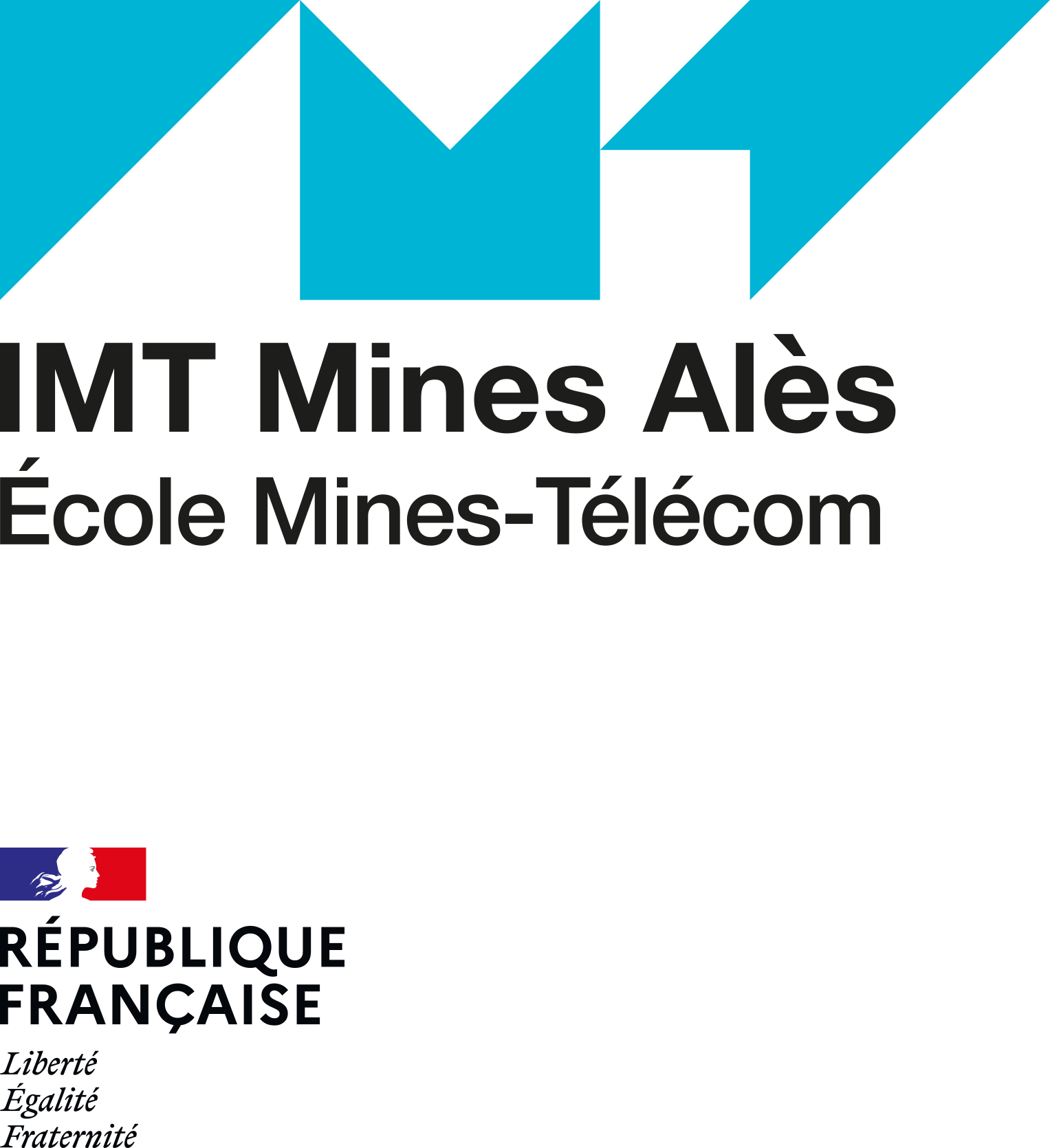Résumé de la thèse :
Les bétons végétaux à faible énergie grise et faible empreinte carbone sont de plus en plus utilisés pour l'optimisation de l'enveloppe des bâtiments. Ces bétons présentent des performances hygrothermiques intéressantes qui leurs permettent de maintenir un meilleur confort hygrothermique dans les bâtiments et ainsi de limiter la consommation énergétique et l'impact environnemental des bâtiments. Dans ce contexte, l’objectif de cette thèse porte sur la formulation et la caractérisation des bétons hybrides à base de balles et de pailles de riz, de forme et de tailles différentes. L’accent est mis sur les performances mécaniques en compression, thermiques et hygriques (la perméabilité à la vapeur d'eau, les isothermes de sorption et la capacité tampon hygrique) des bétons. Les résultats obtenus ont montré que les bétons hybrides présentent de meilleures performances hygrothermiques par rapport aux bétons à base de balle de riz uniquement. Les faibles performances hygrothermiques de la balle de riz sont neutralisées et compensées par l’introduction des particules de paille de riz. En effet, la conductivité thermique des bétons diminue progressivement avec l'augmentation de la proportion de la paille de riz dans le béton, en raison de la réduction de leur masse volumique. L’ajout de la paille de riz conduit à une amélioration de la perméabilité à la vapeur d’eau, de la capacité de régulation d’humidité (MBV) et de la capacité de stockage d’humidité des bétons. En parallèle, la paille confère aux bétons une capacité de déformation intéressante. De façon générale, les propriétés mécaniques et hygrothermiques des bétons sont liées d’une part aux caractéristiques intrinsèques des particules végétales (taille, morphologie, position de la particule sur la tige, capacité d'absorption d'eau, etc.) et d’autre part à l’empilement et l’enchevêtrement des agrégats utilisés, qui ont eu une incidence directe sur la compacité granulaire des bétons.
Abstract :
Due to environmental considerations, plant-based concretes with low embodied energy and low carbon footprint, are more and more used for building applications as an alternative to standard insulation materials, they are mainly used to insulate walls, floors and roofs of buildings. This resurgence of interest is justified on the one hand by their renewable and biodegradable characteristics. On the other hand, by their challenging hygrothermal performances. They present a high water vapor permeability as well as a significant moisture storage capacity and excellent moisture buffer capacity, which allows them to maintain better hygrothermal comfort in buildings and thus limit the energy consumption and the environmental impact of buildings. In this regard, the objective of this thesis is to design a new hybrid concrete made of rice husk and rice straw particles with different sizes and shapes. The focus of this research is to analyze the impact of various combinations of rice straw/rice husk on the mechanical, thermal and hygric performances (water vapour permeability, sorption isotherms and hygric buffer capacity) of concretes. A multi-physical characterization of the intrinsic characteristics of rice plant aggregates was carried out in order to emphasize the dependence of the performances of concrete on the characteristics of these particles, and on the internal microstructure generated by their entanglement and arrangement. In general, the mechanical and hygrothermal properties of concretes are related to both, the intrinsic characteristics of the plant particles (size, morphology, sampling location, water absorption capacity, etc.) and the internal microstructure of concretes (porosity). Excellent hygrothermal properties were obtained for concretes including elongated and cut straw particles with a cylindrical shape. Furthermore, the results demonstrate clearly that hybrid concretes exhibit higher hygrothermal performance compared to pure rice husk concretes and concretes performed with fine straw particles. The addition of rice straw particles leads to an improvement in the water vapor permeability, moisture buffer capacity (MBV) and moisture storage capacity of concrete. At the same time, the straw gives the concretes low thermal conductivity and a high deformation capacity.


